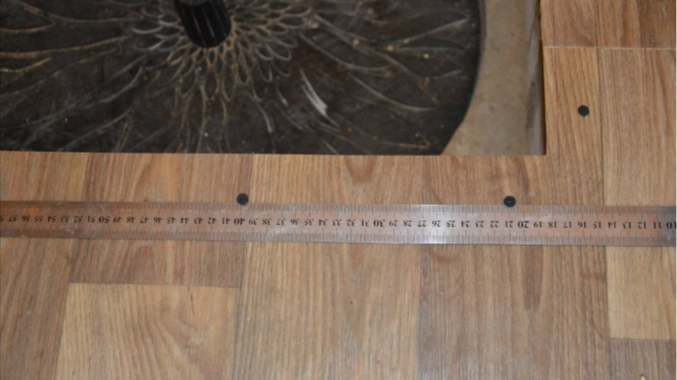Underlay flooring is an essential component of any flooring installation. It is a layer of material that is placed between the subfloor and the flooring material. The main purpose of underlay flooring is to provide a smooth and even surface for the flooring material to sit on. It also acts as a cushioning layer, providing additional insulation and noise reduction.
Choosing the right underlay flooring can make a significant difference in the look, feel, and durability of your flooring. There are several types of underlay flooring materials available, including foam, rubber, cork, and felt. Each material has its advantages and disadvantages, and the right choice will depend on several factors, including the type of flooring material, the level of foot traffic in the area, and the desired level of insulation and soundproofing.
One of the most popular types of underlay flooring is foam underlay. This type of underlay is made from polyethene foam and is available in a range of thicknesses. Foam underlay is easy to install and provides excellent insulation and soundproofing properties. It is also affordable and can be used with a variety of flooring materials, including laminate, hardwood, and carpet.
Another popular type of underlay flooring is rubber underlay. This type of underlay is made from recycled rubber and is known for its excellent durability and noise-reducing properties. Rubber underlay is ideal for areas with high foot traffic and is often used in commercial settings. It is also eco-friendly, as it is made from recycled materials.
Cork underlay is another popular choice for underlay flooring. Cork is a natural material that is harvested from the bark of the cork oak tree. Cork underlay provides excellent insulation and soundproofing properties and is also moisture-resistant, making it ideal for use in areas such as kitchens and bathrooms. Cork underlay is also eco-friendly, as it is a renewable resource.
Felt underlay is a traditional underlay material that is made from compressed felt fibres. Felt underlay is ideal for use with carpet flooring and provides excellent cushioning and insulation properties. It is also affordable and easy to install.
When choosing underlay flooring, it is essential to consider the thickness of the underlay. Thicker underlay provides more cushioning and insulation properties but may not be suitable for all flooring materials. It is also important to consider the level of foot traffic in the area and the desired level of soundproofing and insulation.
In addition to choosing the right underlay flooring, it is also important to ensure that it is installed correctly. Proper installation of underlay flooring will ensure that the flooring material sits evenly and does not move or shift over time. It will also ensure that the underlay provides the desired level of cushioning and insulation.
In summary, underlay flooring is an essential component of any flooring installation. Choosing the right underlay material will depend on several factors, including the type of flooring material, the level of foot traffic in the area, and the desired level of insulation and soundproofing. Foam, rubber, cork, and felt are some of the most popular types of underlay materials. It is also essential to ensure that the underlay is installed correctly to ensure that the flooring material sits evenly and provides the desired level of cushioning and insulation.
